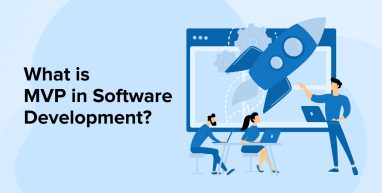
In today’s competitive market, enterprises are regularly introducing new digital products to lure their customers. This is because the competitive market demands break-through innovations and to achieve this enterprises are bound to develop new digital products. Now, the question arises how businesses are so easily developing such applications or we can say digital software products. Well, the answer is not confined to the developers, every stakeholder from the IT industry knows that the most viable product which is also called MVP in software development plays an important role here.
This blog will give you a complete idea about MVP in software development , its implementation and how minimum viable products work to satisfy early adopters. Each and every nitty-gritty of MVP will be covered in this blog.So, let’s start from scratch.
1. What is the Minimum Viable Product(MVP)?

The abbreviation MVP stands for “Minimum Viable Product” in software development and project management. Before embarking on any bespoke software development project, all entrepreneurs and executives should be aware of this crucial idea. In fact, an MVP in software development might help you save time and money on your project.
Formal definition according to Eric Ries, who defined MVP, says that MVP is the initial version of a new product that allows a team to gather the maximum amount of validated learning about consumers with the least effort. With MVP you can develop your software product with the least amount of work. This verified knowledge comes in the form of whether your consumers will buy your product or not.
Building a basic version of the software with essential functionality and a simple design utilizing basic infrastructure is known as minimum viable product (MVP) development. You may evaluate the demand for a new product and check business assumptions for bespoke software by deploying an MVP.
The main aspect of the MVP concept is that you create a genuine product which contains minimum priority features that help to present product concepts to the market and collect their feedback. This will help you to analyze the first reactions of early adopters.
1.1 Why Does My Project Need an MVP?
Now that we know what MVP is and what it stands for now we must know what change it will bring to our business/project. MVP serves as a bridge between the early phases of development and the finished product. It’s one of the most crucial stages of the entire development process in certain ways. From here, you’ll be able to test your minimum viable product in marketplaces and with early adopters, evangelists, target consumers, and pivot if necessary.
We all want our custom software development projects to be completed as quickly as possible while staying under budget. An MVP helps you to achieve this by removing all the unnecessary features that haven’t been tested with users but might be added in the future. This helps your team to receive a product sooner and flesh it out later.
MVP works on the principle of test concurrently which says if you want to wait and sit idle till the process of development is completed then that is a sheer waste of time. It does not follow complete first and test later concept. Instead, it helps you develop your concept, create an app, simultaneously test the application and make later changes as per the review of the audience on your product. So, now you know why you need MVP in software development, the reason is that it saves your time and effort by performing the initial tasks during the start of the project.
Developing and deploying an MVP in the market is the smartest method to show that your solution fits into the target market demands and at the same time it will give you an idea about what else can be done to update the developed product. Isn’t it easier for companies to know how the product is responding and then further enhance it with the market demands and latest features? With this understanding, the functioning of MVP is quite intriguing and hence let’s explore how MVP operates.
1.2 Benefits of MVP in Software Development
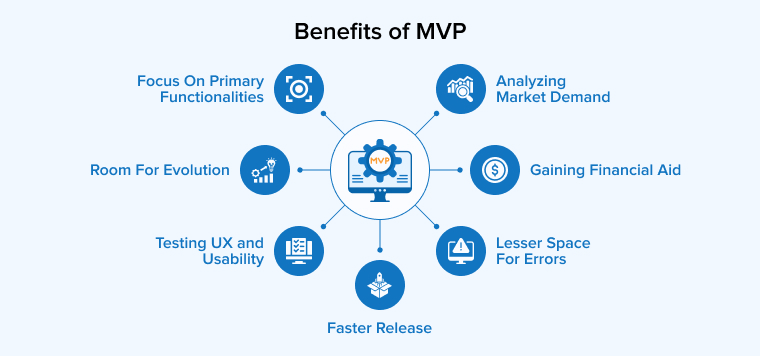
A successful MVP approach gets some form of initial product into the hands of potential customers, which can in turn provide market validation and feedback to the company. From there, steady and incremental improvements based on that feedback lead to a final product. Let’s take a look at some of the benefits of MVP.
1. Focus On Primary Functionalities
From many advantages, the first one is MVP development method assists in gaining clarity and focusing on your product’s primary functionality. Its first and foremost phase is to enable you to test your product concept at a minimal cost and in a short amount of time which can be considered as one of its advantages. Before a product ever hits the market, the majority of product owners are prone to adding redundant features. But the main benefit of a minimum viable product is that it does not easily lose focus on the exact problem. Instead, it helps you solve current issues and add a lot of features.
2. Analyzing Market Demand
Secondly, the market needs are varying hence there is an iterative approach to MVP development. This lets you test your concept without committing all of your resources. Any company may launch a startup app concept with a minimal viable product and test it rapidly with an early adopter audience. This method aids in the early identification of market demand. It prevents a company from putting all of its efforts, energy, money, and other resources into a single product without knowing whether potential customers would like it.
3. Testing UX And Usability
The purpose of UX design is to keep potential users engaged by offering a user-friendly interface, and an MVP will assess the product’s potential for app engagement in terms of user interactions, durability, and lifetime value. Organizations may use MVP to collect user feedback, data and insights on user behavior and how users engage with the initial product to determine how fast they grasp the product’s purpose and user flow and then discover new chances to increase functionality to give a better user experience.
4. Faster Release
The advantage of creating a Minimum Viable Product in today’s fast-paced economy is that you get faster results. Your clean, straightforward, and useful product will be launched rapidly since the MVP eliminates feature creep and procrastination. You establish an early stake in the ground for your solution and its speciality by releasing your MVP. Along with that, you begin to create consumer connections that will serve as the foundation for future success.
5. Lesser Space For Errors
While creating anything new, the more intricate the parts of the build are, the longer it will take to complete. When the number of difficult elements is reduced, the construction process becomes considerably easier. While developing an app, it’s no different. Particularly since the MPV will only carry core functionalities with fewer functions, there is less coding required. The space for mistakes in the program is reduced, resulting from lesser codes.
6. Room For Evolution
Whenever you build a minimal viable product, you are developing a product that will grow gradually. There are many versions that can be developed from initial versions and components. This makes the core components to adopt and innovate newer approaches conveniently and easily.
7. Gaining Financial Aid
The last and one of the most lucrative benefits of using MVP in software development is to tap on financial gains. If you are a business who makes fewer mistakes then there will be less wastage of time, effort and money. But on the other hand, if the errors are more and there is no MVP structure in place then the modifications will take more time than expected. With MVP as a part of software development, your business can understand changes and can make changes or modifications in the next release cycle. As, this can only be done if there is an MVP model in place for the final product.
2. MVP, POC & Prototype: Differences
We have to look at the definitions of all three concepts to understand their differences.
2.1 Proof of Concept (PoC)
You need to validate the technical feasibility of your idea or solution. A Proof of Concept is the preliminary validation that you try to seek in this case. It is a way of demonstrating how a particular technological solution or idea would work in a real-world setting.
In PoC, you just have to build a basic version of your solution to display its core functionality. A PoC would help you verify whether your proposed idea is technically viable or worth pursuing or not.
2.2 Prototype
A prototype is a simple representation of the actual product’s design and functionalities to depict how the actual product will look and perform. The reason behind developing prototypes is to test the usability, gather feedback, and refine the product. A prototype can be anything from a simple sketch to a highly interactive mock-up.
2.3 Minimum Viable Product (MVP)
The MVP is a basic version of the product constituting only the essential features that are supposed to offer value to the users. Unlike a PoC or a Prototype, the MVPs are developed to be used by actual customers.
The primary objective behind creating an MVP is to ensure the delivery of a functional solution that addresses real-world problems. Based on the validated assumptions and user feedback, the product is refined, and upgraded versions are delivered in iterations.
3. MVP Development Process
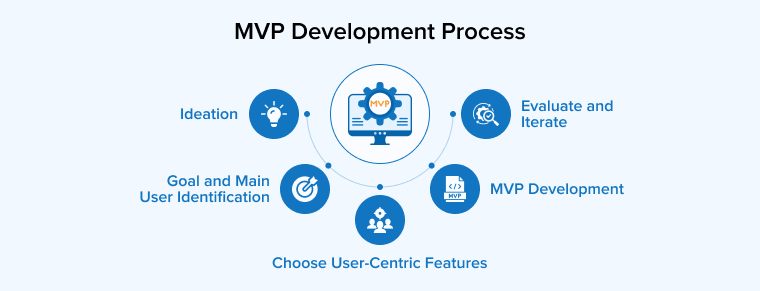
MVP in the software development process depends on majorly four aspects. These primarily contributing processes make the MVP development process stronger, reliable and sustainable. The first phase starts with ideating the product and identifying whether it meets the audience demand or not. Accordingly, we can set the user features and set the process for MVP development. Let’s briefly see.
3.1 Ideation
Developing a minimal viable product begins with a concept. You must shape your future product concept once you decide on certain characteristics of your product. It’s not enough to have a great concept to make money. You should put in a lot of effort to transform your concept into a product or service in a way that others like it. Let’s look at the techniques that may help you perfect your initial ideation process.
Conducting initial idea approval includes understanding a lot about the market, you must have answers to the following questions in the ideation process itself.
- How will your developed product turn out to be a bane and solve all pain points?
- How is your app distinct from others in the market?
- Is the price range of the developed app affordable?
3.2 Goal and Main User Identification
You must always know who is the target audience before deciding to sell or develop a minimum viable product. MVP helps in avoiding expensive market research in later stages. Because knowing whom you’re selling to is very critical but offers clear visual points of reference. Consider almost all the factors such as age, gender, employment, location of residence, and economic level when assessing your target audience. As an extra addition, you could be interested in the lifestyles and interests of your audience. You may use this data to establish the most successful communication channels and methods, as well as build the proper marketing campaign to attract clients. You can do this by performing a Strength, Weakness, Opportunity, and Threat(SWOT) analysis and market research to understand what the audience have and what they want.
3.3 Choosing Features That are Most Relevant For The User
Prototyping should be done after you’re certain of your idea’s practicality and feasibility. You’ll gain a better knowledge of how your product will operate and how to ensure a positive user experience by developing prototypes. After prototyping, it’s now time for you to actually choose what you want in your MVP app. Choose core features that would make a difference and are relevant to the existing market and fulfill latest customer needs.
3.4 MVP Development
A minimum viable product (MVP) should contain enough features to fulfil your target audience’s most pressing demands. Although an MVP is not yet a fully-fledged product, it is an essential initial step in the development of your product. You may verify your business idea, user intelligence & collect feedback from clients, and develop your product quickly to go to the next step during the MVP stage.
You should use a lean strategy to assure the quality of your MVP. Building a version of your minimum viable product, collecting and analyzing feedback, choosing how to enhance your product, and making necessary changes to the future product are all part of a lean strategy.
3.5 Evaluate and Iterate
The next phase after MVP development is evaluation and iteration. After the MVP development phase is completed, the product must be tested. The testing process includes the evaluation of the product. At the initial testing stage, it is carried out by Quality Assurance engineers/testers, who work to enhance the quality of the initial product even if it is not yet launched.
After launching the minimum viable product, thoroughly, you can review everything, including your customer’s reaction to the MVP launch. You may use their comments to assess whether the product is categorized as Minimum Marketable Product(MMP) and also check whether it competes with other items on the market or not. It’s critical to remember the target users feedback on where the product falls short and what features are unnecessary. After you’ve gathered users’ feedback, start developing your minimum viable product further by testing, learning, and measuring it.
4. Key Roles in MVP Software Development
Some of the businesses need an early testing opportunity with their product idea which is not possible with other development methodologies, unlike MVP. Because when you go for MVP development process, it allows companies to draw business hypotheses at an early stage with a minimum feature set and develop an application as per core user interest. This will make the app popular and convenient at the beginning itself. Additionally, this will enhance the software idea in the development stage itself and will improve business processes and eliminate poor performance concerns. Some of the roles that play a major part in the development process using MVP is enlisted below:
- Product Owner- He is the sole decision-maker of the developing product. His vision and aims are what converted into an application.
- Business Analyst- His team is behind the client’s work from product concept, functional specifications, and app development roadmap. They perform all competitor research, market research, and after gathering feedback come down to a conclusion of building this app.
- Project manager – He is the one implementing the software idea in the process of MVP development. This role acts as a mediator between the development team and the product owners. He/She is the one responsible for taking complete responsibility for the whole product development process.
- Product designer- This role is responsible for the visual aspect of your solution. The software designers are working on wireframes, user experience, negative feedback, and the interface of your software.
- Software developers – They take up all the responsibility of coding, creates the architecture, and executes all necessary features within the software product.
- QA Testers- This role is responsible for software testing of the developed application and would take out bugs and identify performance concerns to ensure the app performs at its best.
5. What Does MVP Mean in Business?

The MVP model means a lot to company owners, and it is because the MVP model is the agile approach of choice for many organizations that create software today. It helps businesses to identify industry trends. This means when you launch an MVP among a target audience, you receive a clear image of the most promising market trends and value proposition, which you can use to build the complete product version. In fact, you can save on time and money using the MVP model. Agile development allows you to save time and money throughout the project development phase. This saves you from the risk of investment in a feature-rich product that consumers don’t want. As a result, focusing on the minimum viable product enhances your project’s chances of success.
Fortunately, there are many other benefits of MVP which we must know in detail in order to understand the capability of MVP. So, let’s dig deep into the benefits of MVP in the next section.
6. Conclusion
“The sky’s the limit’- This quote goes aptly when you develop an application backed up by the MVP model. In this blog, we have seen how important it is for businesses to market an MVP model-based application to gain a competitive advantage to satisfy early adopters. We have also tried to showcase all the essential aspects like the functioning of the MVP model, what is MVP model, its features and why must a business choose a project to be developed under this model. From ideation to implementation, there are certain goals that businesses can achieve with the help of minimum viable products. These goals will amplify your development phase, leave lesser space for errors, focus on primary functions and improve the overall software development process and boost financial benefits.
FAQs
What are the Steps of MVP Software Development?
The steps for MVP software development involve analyzing project requirements, determining essential features, designing MVP architecture, picking a suitable tech stack, designing UI & UX, front and backend, and at last testing and integration.
What are the Main goals of MVP in Software Development?
The main goal of MVP in software development is to get valuable user input and payback on the software products early on.
Which is better MVP Agile or waterfall?
The waterfall is a more suitable approach for MVP software development with clearly defined needs. MVP Agile works best when you are looking for faster time to market.


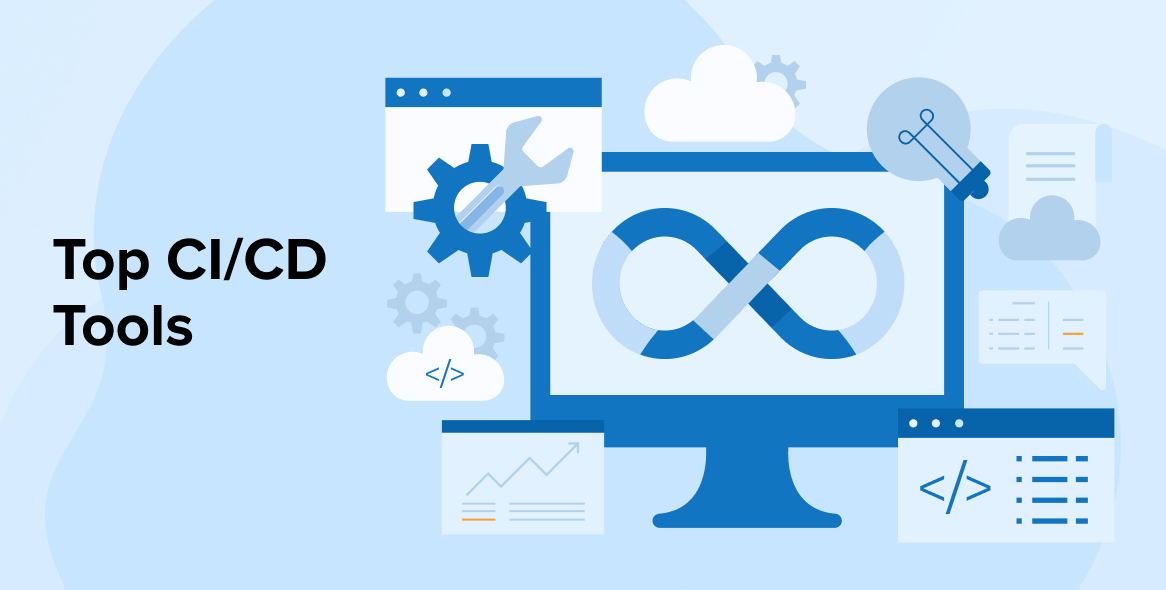
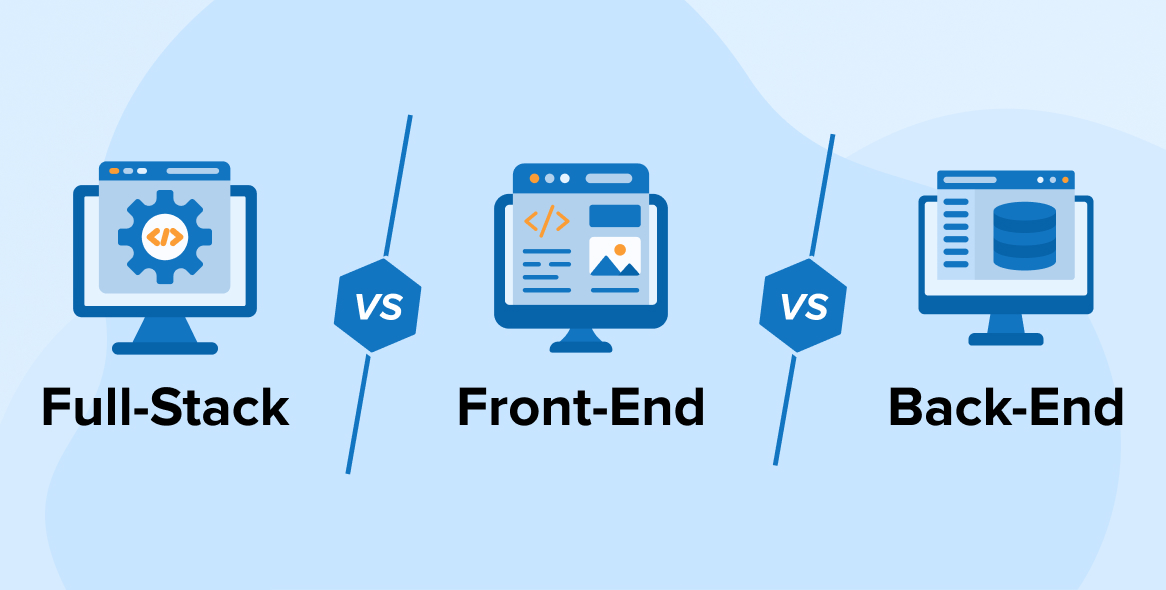
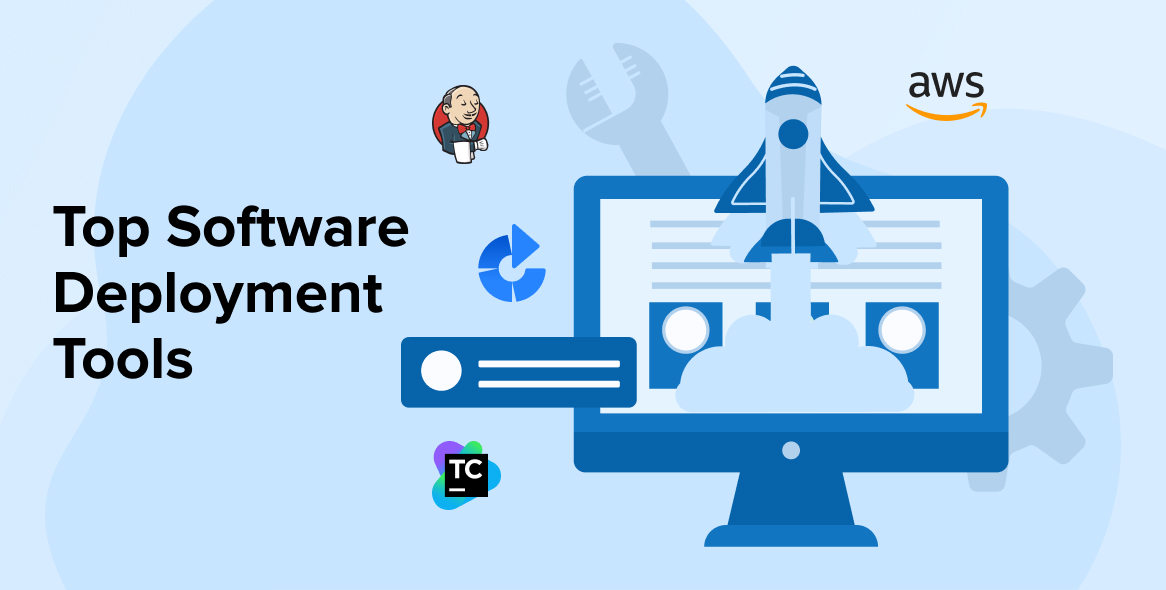

Since everybody who wants to have bespoke software created for them should be aware of MVP, it has caught the attention of many leaders and entrepreneurs. I had the misconception that the MVP was the finished product; in reality, it is a product with the most basic set of features that is still in the early phases of the software development process.
Thank you writer for this insightful piece of article. The definition, process and benefits of MVP are mentioned in a very simple and effective way. After reading this article I realized that MVP is the initial stage product that is used for testing how well it will perform in the market. Overall, it was a great read.
Being an experienced software developer I know the importance of MVP in the software development process. The MVP can assist the product team in getting user feedback to iterate and enhance the product as rapidly as feasible. It would help developers make a product that would bring success to the client.
MVP plays an important role in agile development. MVP is a prototype and is a mock-up that represents your product's concept and/or functionality but does not really function. It is the version of a new product that enables a team to get the most verified customer learning with the least amount of work. Thank you writer for making it so clear for the coders.